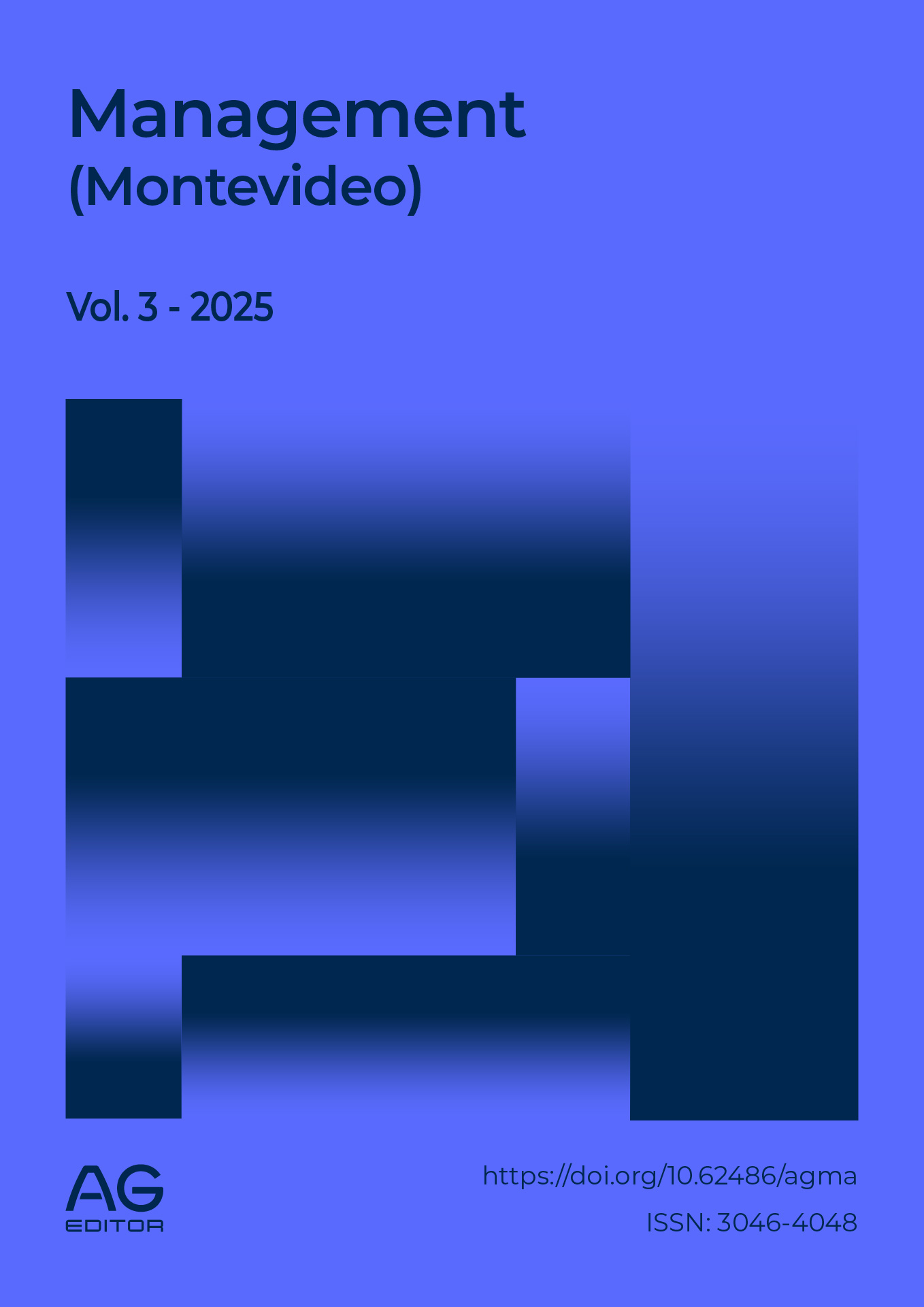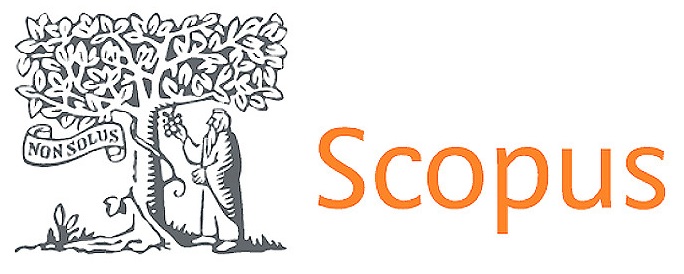Strategies for preventing presenteeism in nursing
DOI:
https://doi.org/10.62486/agma2025147Keywords:
Presenteeism, Primary Prevention, Occupational Health Services, NursesAbstract
Introduction: Presenteeism in nursing refers to physical presence at work with physical and mental limitations, even when the professional has physical or mental limitations that compromise their performance. This phenomenon has significant repercussions on productivity, professional well-being and patient safety, highlighting the need for effective strategies to mitigate it.
Objective: To summarize the main intervention strategies aimed at reducing the effects of presenteeism among nurses, analysing their causes, consequences and effectiveness.
Method: A critical narrative analysis was carried out, based on studies selected from a search of databases such as CINAHL® Plus and MEDLINE®. Articles published in the last 10 years in Portuguese, English and Spanish were included.
Results: The causes of presenteeism include organizational, psychosocial, physical and mental factors. The consequences include loss of productivity, risks to patient safety and worsening of the worker's health. Effective interventions include physical activity programs, mindfulness, cognitive-behavioral therapy, auricular acupressure, multi-component workplace health promotion programmes, competency-based education and management of musculoskeletal disorders. Positive effects were observed in symptom reduction, increased productivity, well-being, safety and reduced organizational costs.
Conclusion: Integrated strategies that combine organizational and individual approaches,
show the best results, promoting the health and well-being of nurses, improving patient safety and reducing organizational costs.
References
Mohammadi MM, Dehghan Nayeri N, Varaei S, Rasti A. Exploring the concept of presenteeism in nursing: A hybrid concept analysis. Int J Nurs Knowl. 2021;32(3):166–76. https://doi.org/10.1111/2047-3095.12308 DOI: https://doi.org/10.1111/2047-3095.12308
Shan G, Wang S, Wang W, Guo S, Li Y. Presenteeism in nurses: prevalence, consequences, and causes from the perspectives of nurses and chief nurses. Front Psychiatry. 2021;11:584040. https://doi.org/10.3389/fpsyt.2020.584040 DOI: https://doi.org/10.3389/fpsyt.2020.584040
Min A, Kang M, Park H. Global prevalence of presenteeism in the nursing workforce: A meta‐analysis of 28 studies from 14 countries. J Nurs Manag. 2022;30(7):2811–24. https://doi.org/10.1111/jonm.13688 DOI: https://doi.org/10.1111/jonm.13688
Gerlach M, Hahn S, Rossier C, Geese F, Hamers J, Backhaus R. Presenteeism among nurses: An integrative review. Int J Nurs Stud Adv. 2024;7:100261. https://doi.org/10.1016/j.ijnsa.2024.100261 DOI: https://doi.org/10.1016/j.ijnsa.2024.100261
Shdaifat EA. Presenteeism and productivity loss among nurses. Int J Occup Saf Ergon. 2023;29(3):1007–15. https://doi.org/10.1080/10803548.2022.2108660
Carvalho DP, Rocha LP, Brum AN, Brum RG, Bordignon SS, Barlem EL, Tomaschewski-Barlem JG. Relationship between workloads and presenteeism among nursing workers. Rev Bras Enferm. 2021;74(6):e20210044. https://doi.org/10.1590/0034-7167-2021-0044 DOI: https://doi.org/10.1590/0034-7167-2021-0044
Santos BD, Rocha FL, Bortolini J, Terra FD, Valim MD. Factors associated with presenteeism in nursing workers. Rev Bras Enferm. 2022;75(1):e20201290. https://doi.org/10.1590/0034-7167-2020-1290 DOI: https://doi.org/10.1590/0034-7167-2020-1290
Mohammadi MM, Nayeri ND, Varaei S, Rasti A. The nurse without a nurse: the antecedents of presenteeism in nursing. BMC Nurs. 2021;20:143. https://doi.org/10.1186/s12912-021-00669-1 DOI: https://doi.org/10.1186/s12912-021-00669-1
Dirgar E, Berşe S, Şahin A, Tosun B, Levya-Moral JM. Presenteeism and missed nursing care: a descriptive, correlational and observational study. BMC Nurs. 2024;23(1):652. https://doi.org/10.1186/s12912-024-02253-9 DOI: https://doi.org/10.1186/s12912-024-02253-9
Liu M, Cheng L, Wang Y, Zeng Q, Zeng Y. The bidirectional relationship between workplace bullying and presenteeism: A systematic review and meta-analysis. Workplace Health Saf. 2025;73(5):248–59. https://doi.org/10.1177/21650799241302824 DOI: https://doi.org/10.1177/21650799241302824
Sim H, Park Y. Effects of auricular acupressure on nurses’ perceived stress, sleep quality, and presenteeism: A single-blind, randomized controlled trial. Holist Nurs Pract. 2025;39(1):15–24. https://doi.org/10.1097/HNP.0000000000000667 DOI: https://doi.org/10.1097/HNP.0000000000000667
Pereira F, Querido A, Verloo H, Bieri M, Laranjeira C. Consequences of nurse presenteeism in Switzerland and Portugal and strategies to minimize it: A qualitative study. Healthcare (Basel). 2022;10(10):1901. https://doi.org/10.3390/healthcare10101871 DOI: https://doi.org/10.3390/healthcare10101871
Adams L, Turk DC. Psychosocial factors and central sensitivity syndromes. Curr Rheumatol Rev. 2015;11(2):96–108. https://doi.org/10.2174/1573397111666150619095330 DOI: https://doi.org/10.2174/1573397111666150619095330
Yang PL, Matthews SW, Burr RL, Cain KC, Barney PG, Zia JK, et al. Cognitive behavioral therapy-based comprehensive self-management program improves presenteeism in persons with irritable bowel syndrome: a secondary data analysis. Int J Environ Res Public Health. 2022;19(5):2714. https://doi.org/10.3390/ijerph19053003 DOI: https://doi.org/10.3390/ijerph19053003
Rainbow JG, Drake DA, Steege LM. Nurse health, work environment, presenteeism and patient safety. West J Nurs Res. 2019;42(5):332–9. https://doi.org/10.1177/0193945919863409 DOI: https://doi.org/10.1177/0193945919863409
Shdaifat EA. Presenteeism and productivity loss among nurses. Int J Occup Saf Ergon. 2023;29(3):1007–15. https://doi.org/10.1080/10803548.2022.2108660 DOI: https://doi.org/10.1080/10803548.2022.2108660
Kim HJ, Choo J. Effects of an integrated physical activity program for physically inactive workers: based on the PRECEDE-PROCEED model. J Korean Acad Nurs. 2018;48(6):692–707. https://doi.org/10.4040/jkan.2018.48.6.692 DOI: https://doi.org/10.4040/jkan.2018.48.6.692
Watanabe N, Horikoshi M, Shinmei I, Oe Y, Narisawa T, Kumachi M, et al. Brief mindfulness-based stress management program for a better mental state in working populations - Happy Nurse Project: A randomized controlled trial. J Affect Disord. 2019;251:186–94. https://doi.org/10.1016/j.jad.2019.03.067 DOI: https://doi.org/10.1016/j.jad.2019.03.067
Fang L, Lyu Z, Ai S, Du S, Zhou W, Zeng S, et al. Is cognitive behavioral therapy for insomnia more cost-effective? New perspective on economic evaluations: a systematic review and meta-analysis. Sleep. 2024;47(8):zsad123. https://doi.org/10.1093/sleep/zsae122 DOI: https://doi.org/10.1093/sleep/zsae122
Vargas MAM, Romero SM, De Diego CR. Economic evaluation of workplace health promotion interventions focused on lifestyle: systematic review and meta-analysis. J Adv Nurs. 2021;77(9):3657–91. https://doi.org/10.1111/jan.14857 DOI: https://doi.org/10.1111/jan.14857
Nascimento T, Pestana G. Improving efficiency in organizations by monitoring stress and promoting awareness and wellbeing at the workplace. Eur Conf Knowl Manag. 2019;2:1197–204. https://doi.org/10.34190/KM.19.165 DOI: https://doi.org/10.34190/KM.19.165
Aiken LH, Sermeus W, McKee M, Lasater KB, Sloane D, Pogue CA, et al. Physician and nurse well-being, patient safety and recommendations for interventions: cross-sectional survey in hospitals in six European countries. BMJ Open. 2024;14(2):e079931. https://doi.org/10.1136/bmjopen-2023-079931 DOI: https://doi.org/10.1136/bmjopen-2023-079931
Tsantila F, Coppens E, De Witte H, Arensman E, Amann B, Cerga-Pashoja A, et al. Outcome assessment of a complex mental health intervention in the workplace: Results from the MENTUPP pilot study. Int Arch Occup Environ Health. 2023;96(8):1149–65. https://doi.org/10.1007/s00420-023-01996-3 DOI: https://doi.org/10.1007/s00420-023-01996-3
Noben C, Smit F, Nieuwenhuijsen K, Ketelaar S, Gärtner F, Boon B, et al. Comparative cost-effectiveness of two interventions to promote work functioning by targeting mental health complaints among nurses: pragmatic cluster randomised trial. Int J Nurs Stud. 2014;51(10):1321–31. https://doi.org/10.1016/j.ijnurstu.2014.01.017 DOI: https://doi.org/10.1016/j.ijnurstu.2014.01.017
Imanipour M, Ebadi A, Monadi Ziarat H, Mohammadi MM. The effect of competency‐based education on clinical performance of health care providers: A systematic review and meta‐analysis. Int J Nurs Pract. 2022;28(1):e12936. https://doi.org/10.1111/ijn.13003 DOI: https://doi.org/10.1111/ijn.13003
Grana E, Galanis P, Velonakis E, Tziaferi S, Sourtzi P. Investigating the effectiveness of a workplace musculoskeletal disorders management program. Healthcare (Basel). 2024;12(18):2345. https://doi.org/10.3390/healthcare12181815 DOI: https://doi.org/10.3390/healthcare12181815
Afrasiabi J, McCarty R, Hayakawa J, Barrows J, Lee K, Plouffe N, Schomberg J. Effects of acupuncture and acupressure on burnout in health care workers: a randomized trial. J Trauma Nurs. 2021;28(6):350–62. https://doi.org/10.1097/JTN.0000000000000614 DOI: https://doi.org/10.1097/JTN.0000000000000614
Lui JNM, Andres EB, Johnston JM. Presenteeism exposures and outcomes amongst hospital doctors and nurses: a systematic review. BMC Health Serv Res. 2018;18(1):985. https://doi.org/10.1186/s12913-018-3789-z DOI: https://doi.org/10.1186/s12913-018-3789-z
Downloads
Published
Issue
Section
License
Copyright (c) 2025 Luís Sousa, Ricardo Mestre, João Tomás, Sandy Severino, Nelson Guerra, Helena José (Author)

This work is licensed under a Creative Commons Attribution 4.0 International License.
The article is distributed under the Creative Commons Attribution 4.0 License. Unless otherwise stated, associated published material is distributed under the same licence.





